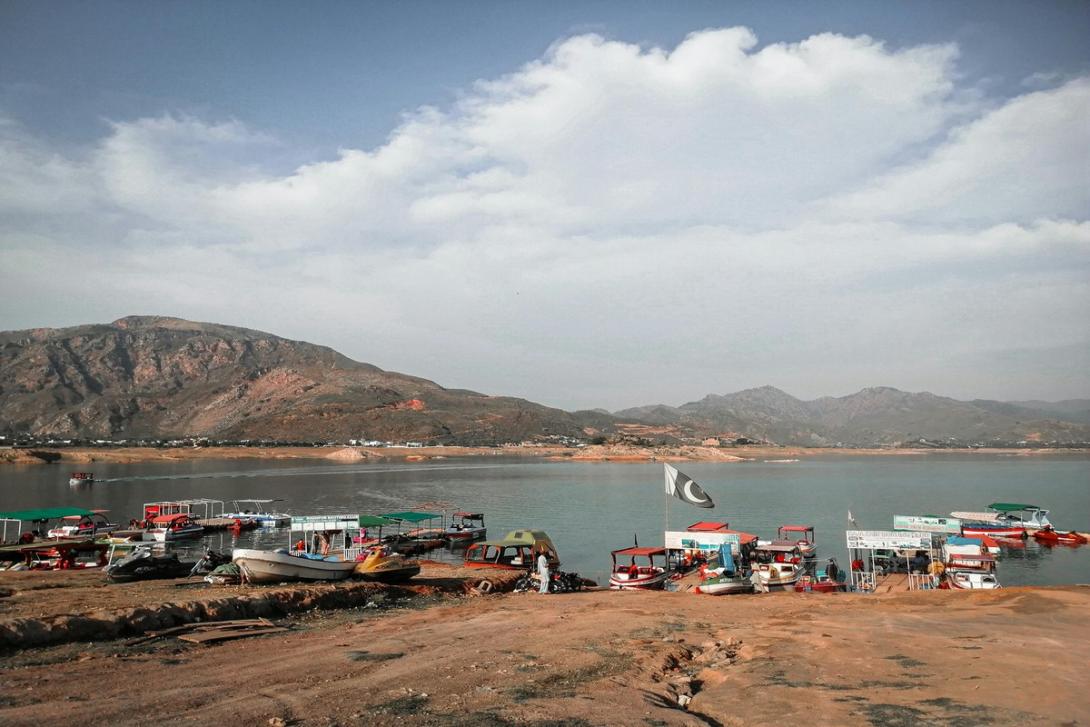
UNEMPLOYMENT UPSURGE IN PAKISTAN
Unemployment in Pakistan has reached alarming levels, with forecasts showing that the unemployment rate will reach 10.3% in 2024, up from 6.3% three years ago. This increase in unemployment is expected to leave approximately 6.61 million people out of work, which presents a significant challenge to the stability and economic growth of the country. This analysis explores the multifaceted causes of unemployment, current statistics, and possible strategies to address them this urgent problem.
Citation:
1)The Express Tribune. (2023). Govt admits unemployment rising to 10.3%. Retrieved from The Express Tribune.
2)Aqil, M., & Qureshi, M. A. (2014). Determinants of unemployment in Pakistan. International Journal of Physical and Social Sciences, 4, 676-682. Retrieved from Semantic Scholar .
Current unemployment statistics-
- Unemployment rate: The unemployment rate in Pakistan is expected to be 10.3% in 2024, according to the World Bank, reflecting a significant increase from 6.3% in 2021.
- Total Working Population: The total working population of Pakistan is about 71. 76 million, with 67.25 million employed and 4.51 million unemployed according to the Economic Survey 2023-24.
- Youth unemployment: The unemployment rate of young people (15-24 years) is particularly worrying, standing at 11.1%, with unemployment among young women at 14%. 4% compared to 10% for men.
- Sector employment: The agricultural sector employs 37.4% of the active population, while the services sector 37.2%. The industrial sector is in difficulty, contributing to the general decrease in job opportunities.
Citation:
1)Pakistan Today. (2024). Pakistan's unemployment rate stands at 6.3% with 4.51 million jobless. Retrieved from Pakistan Today.
2)Statista. (2024). Socioeconomic Indicators - Pakistan. Retrieved from Statista .
Factors contributing to unemployment.
- Population Growth: Pakistan's population growth is about 2.55%, leading to increased competition for jobs. The growth rate of the urban population is even higher, at 3.65%, which aggravates the difficulties of the labor market.
- Educational system: The ineffectiveness of the educational system is a major problem: about 70% of young people do not reach the literacy threshold of 50%. This lack of education limits their employability and their ability to be competitive in the labor market.
- Economic instability: The industrial sector suffered a contraction of -2.94% Increase in FY2023, which results in fewer job opportunities. Economic instability, inflation and currency devaluation also complicate the labor market.
- Government policies: Strict government budget cuts, especially those imposed by the IMF, have led to a decrease in public spending and an increase in the financial burden of the population. This disproportionately affected the less affluent segments of the population, exacerbating the unemployment rate.
Citation:
1) Dawn. (2023). Unemployment figure to hit 5.6m in Pakistan. Retrieved from Dawn.
2)Mahmood, T., Ali, A., Akhtar, N., Iqbal, M., Qamar, S., Nazir, H. Z., Abbas, N., & Sana, I. (2014). Determinants of unemployment in Pakistan: A statistical study. International Journal of Asian Social Science, 1163-1175. Retrieved from AESS Publications .
The current economic landscape-
- Inflation and budget deficit: The government has admitted that inflation is expected to increase, which will affect living conditions. The federal budget deficit is expected to remain around 8.4 trillion rupees, significantly higher than the target of 7.5 trillion rupees.
- Foreign investments: Foreign direct investments (FDI) registered a modest increase, reaching 1 dollar. $7 billion in the last fiscal year, with a target of $2.1 billion for the current year. However, the Special Investment Facilitation Council (SIFC) has not had a significant impact on investment flows.
Citation:
1) Trading Economics. (2023). Pakistan Unemployment Rate. Retrieved from Trading Economics.
2)Arslan, M., & Zaman, R. (2014). Unemployment and Its Determinants: A Study of Pakistan Economy (1999-2010). Bahria University Islamabad. Retrieved from CORE .
Strategies to fight unemployment.
- To effectively tackle unemployment in Pakistan, a comprehensive approach is essential. This includes:
- Investment in education and Vocational training programs: The expansion of vocational training initiatives can equip young people with practical skills adapted to market demands. The National Vocational and Technical Training Commission (NAVTTC) plays a vital role in reshaping the technical and vocational education and training (TVET) landscape in Pakistan.
- Initiatives to improve literacy: Targeted educational programs aimed at improving literacy levels can improve the employability of young people, allowing them to be competitive in the labor market.
- Encourage entrepreneurship, Support for small businesses: Encouraging entrepreneurship can generate new job opportunities. The government should provide financial support, training and resources to young entrepreneurs, especially in rural areas where job prospects are limited.
- Access to micro-finance: Facilitating access to micro-finance can allow individuals to start small businesses, thus contributing to economic growth and job creation.
- Economic expansion and industrial growth: Implementing policies that make Pakistan an attractive destination for foreign investors, including tax incentives and simplified regulatory processes, is key to job creation.-
- Infrastructure Development: Investment in infrastructure can stimulate economic activity and create jobs in construction and related sectors. Improved infrastructure also supports businesses by reducing operational costs.
- Public-private cooperation: Effective cooperation between the public and private sectors is essential for the development and implementation of strategies to combat unemployment. Joint programs can focus on job creation, skills development and encouraging businesses to hire locally.-
- Job Incentives: Providing tax breaks or subsidies to businesses that hire local workers can encourage job creation and reduce unemployment rates.
Citation: United Nations Pakistan. (2024). Media Update: Unemployment in the region is projected to remain roughly unchanged in 2024 and 2025. Retrieved from UN Pakistan.
Conclusion
The unemployment crisis in Pakistan requires a comprehensive strategy that addresses the underlying problems and implements sustainable solutions. By focusing on education, promoting entrepreneurship, growing the economy and encouraging collaboration between the public and private sectors, Pakistan can create a brighter future for its workforce. The commitment to improving the economic landscape will be key to overcoming the challenges posed by growing unemployment and to ensure a sustainable society and prosperous for all citizens.


